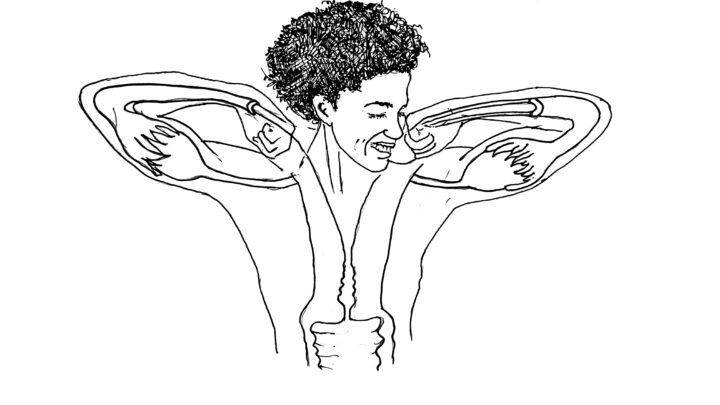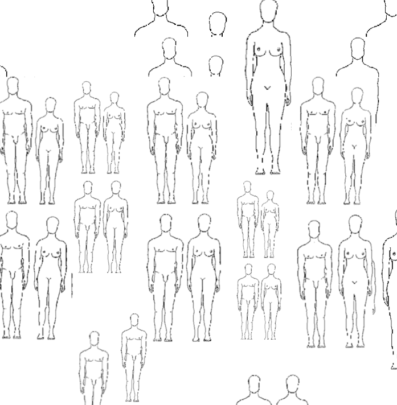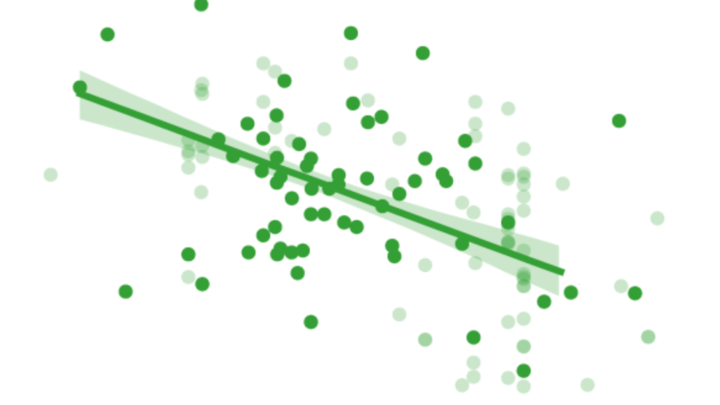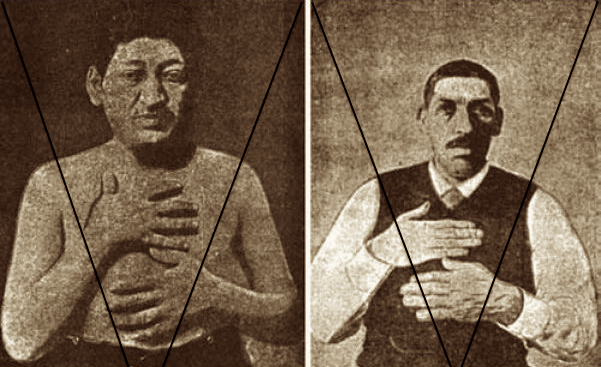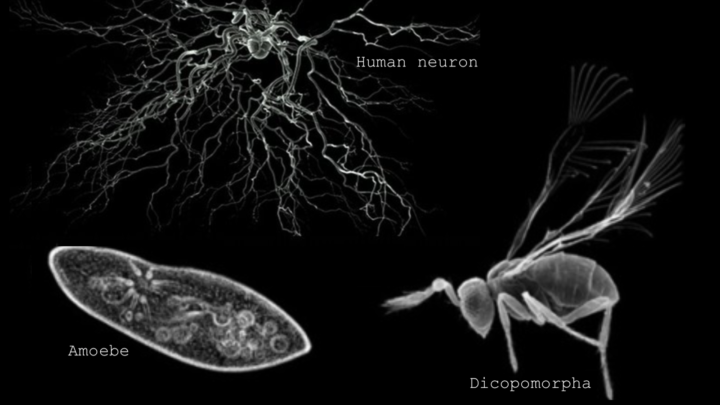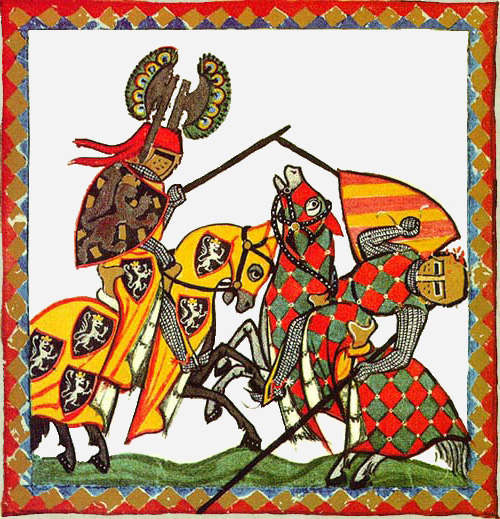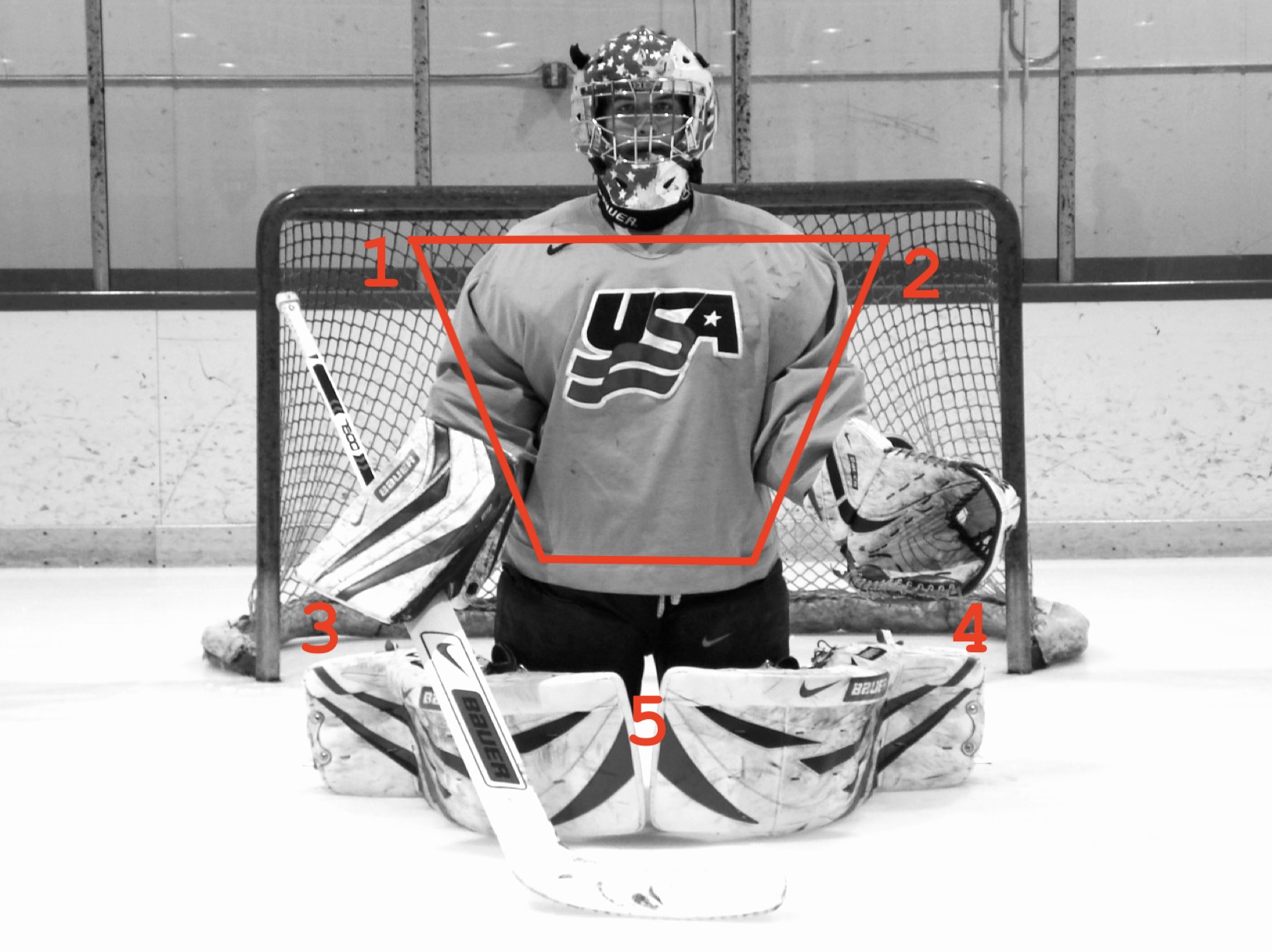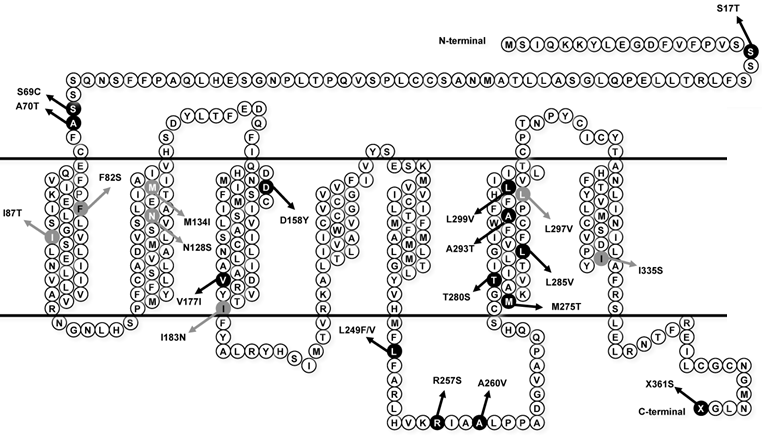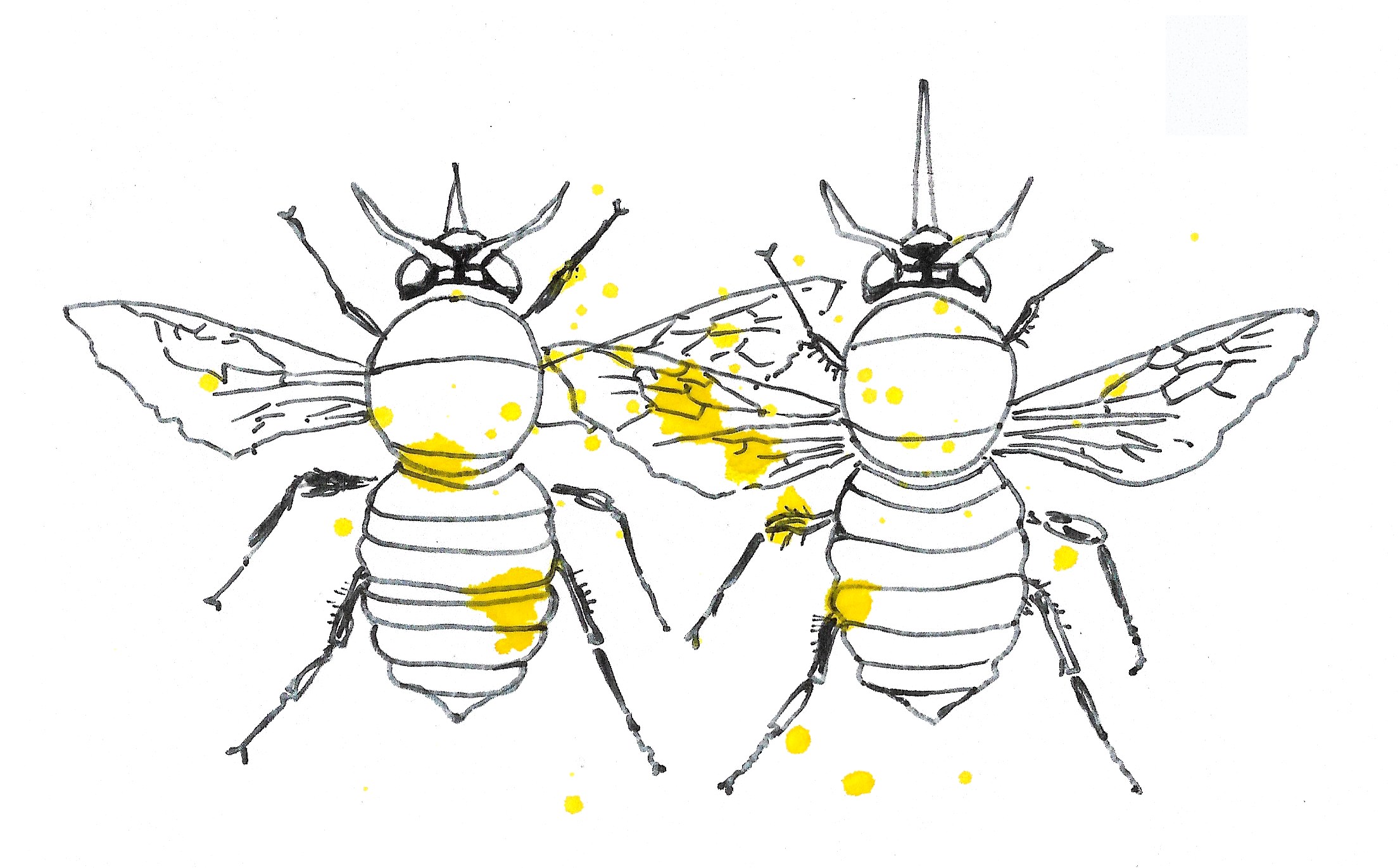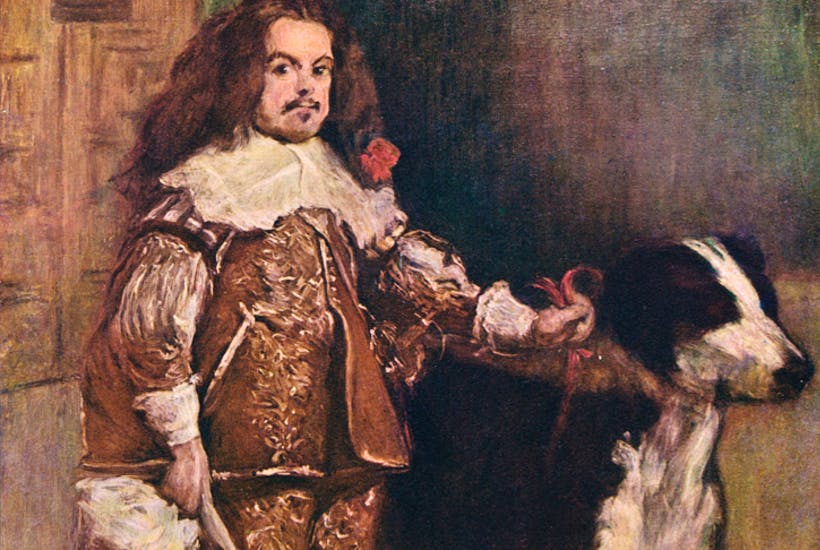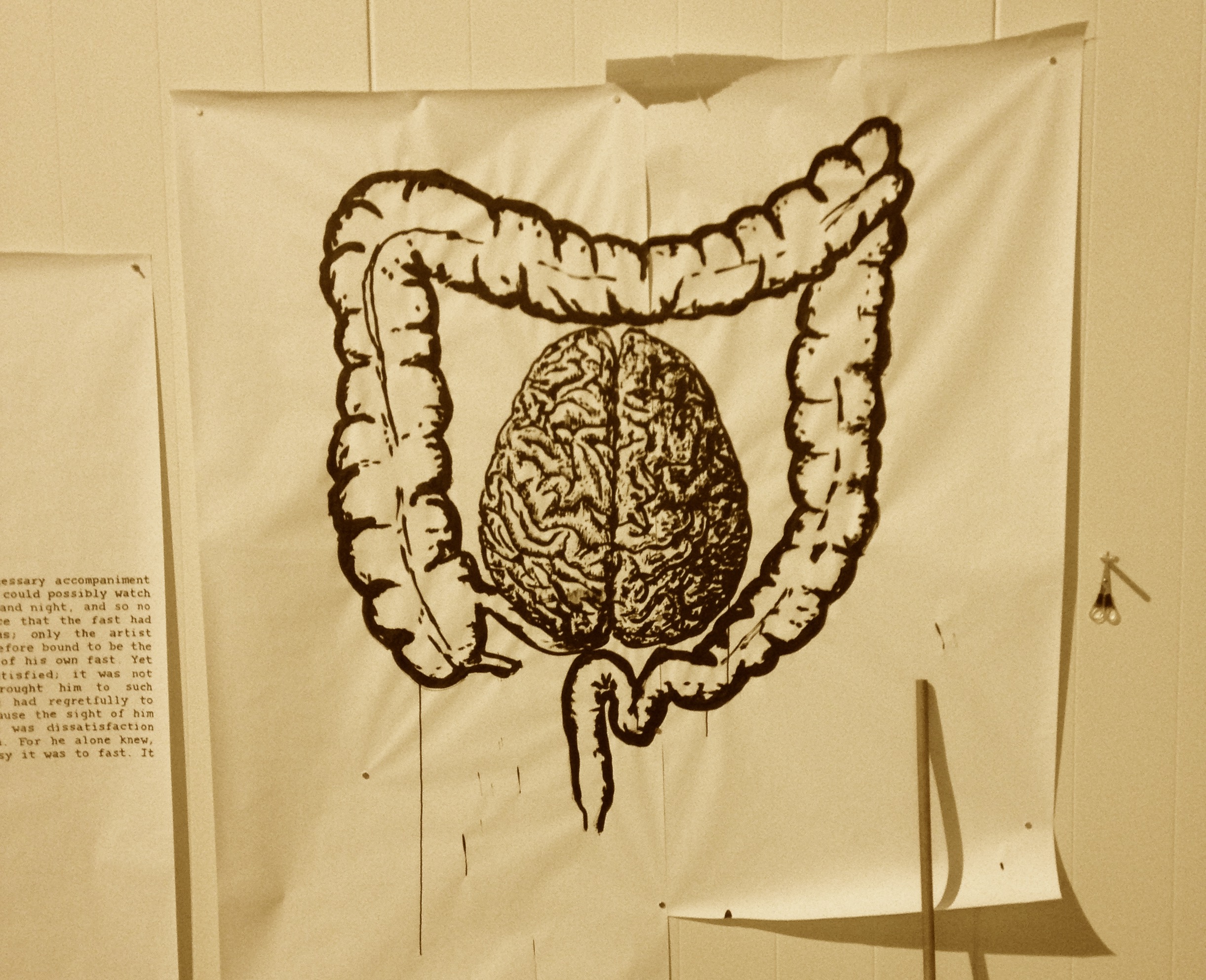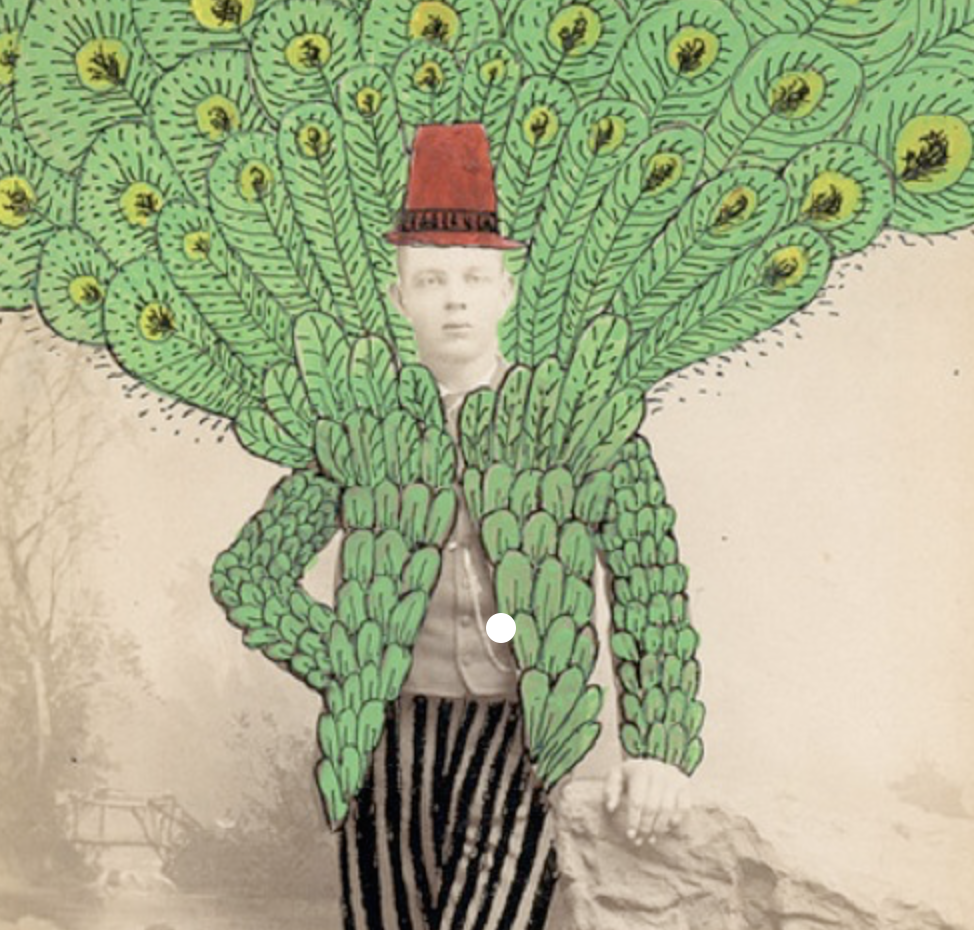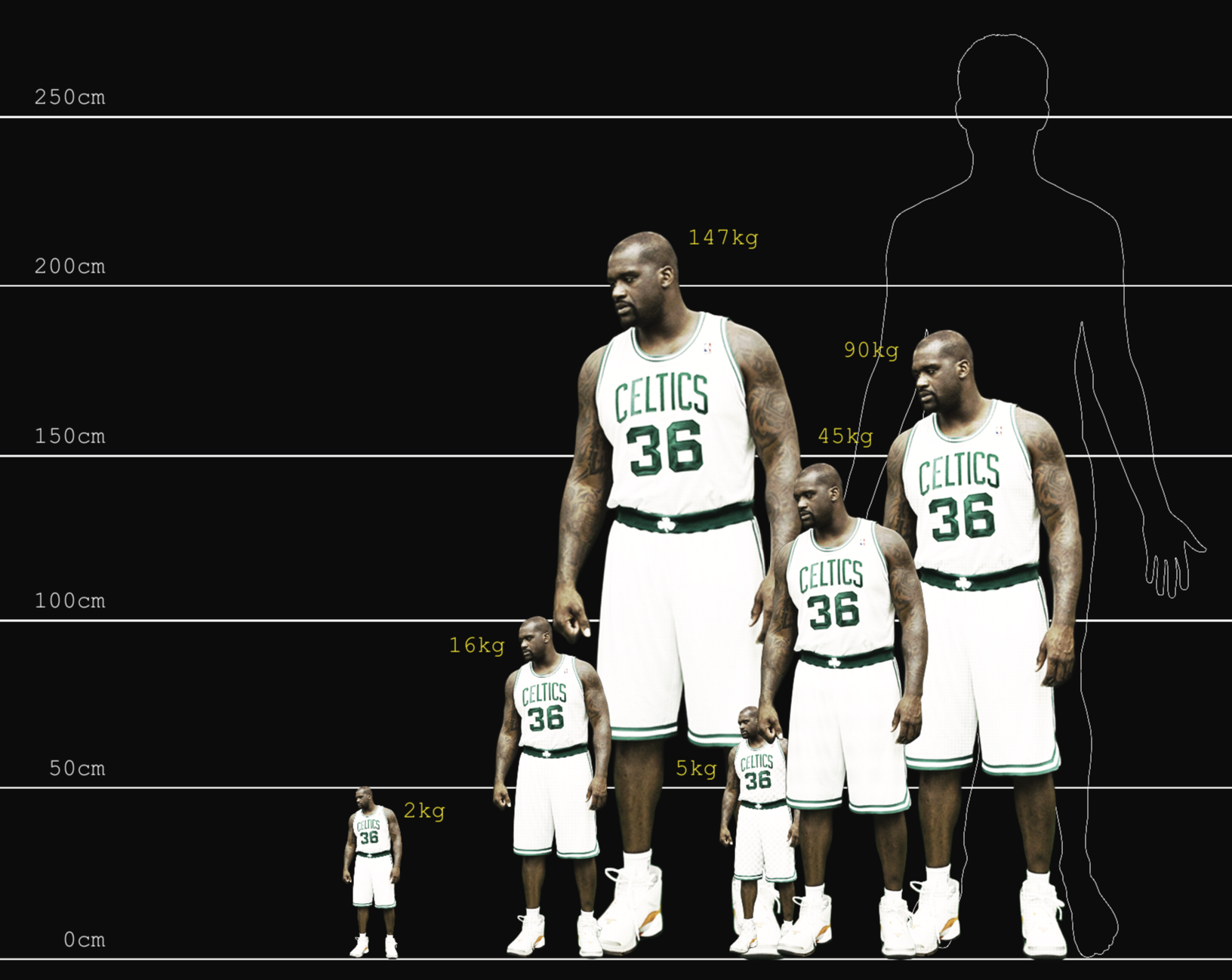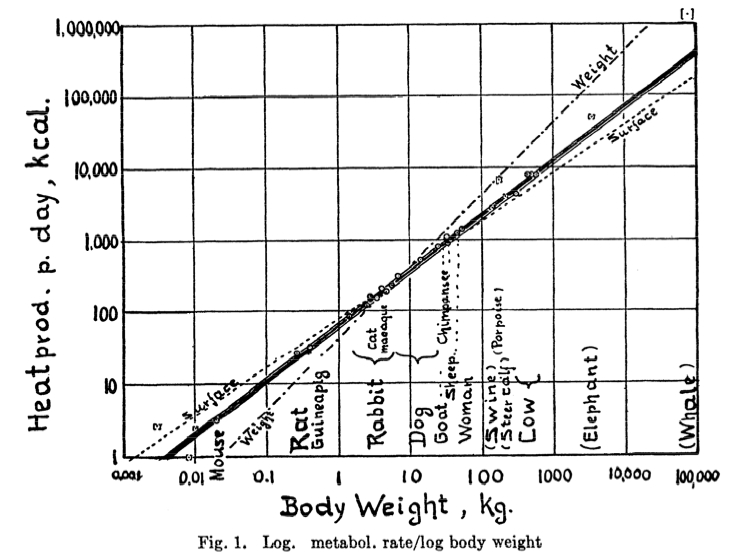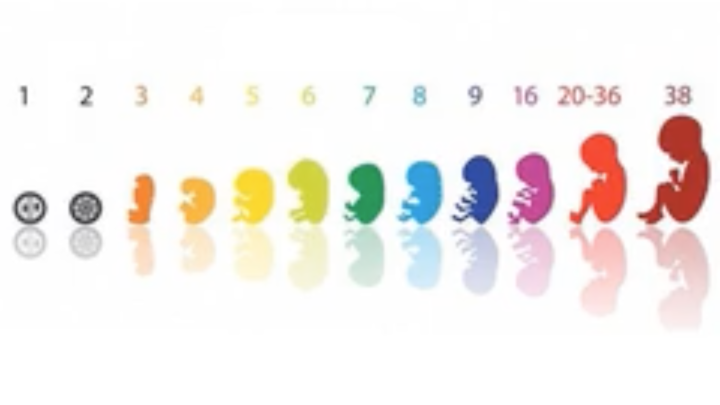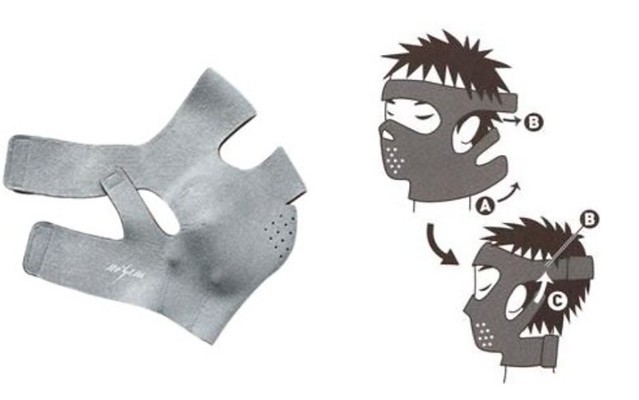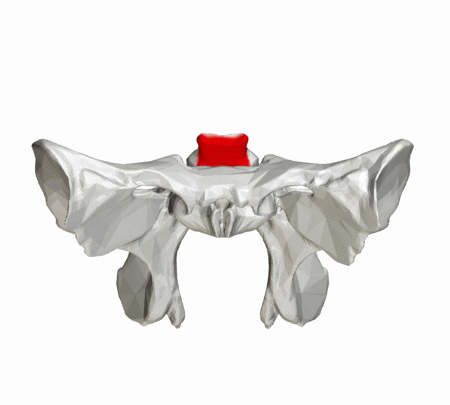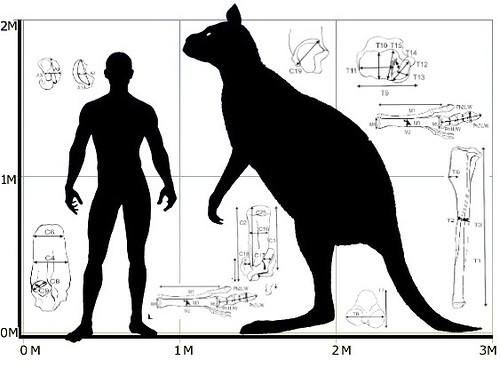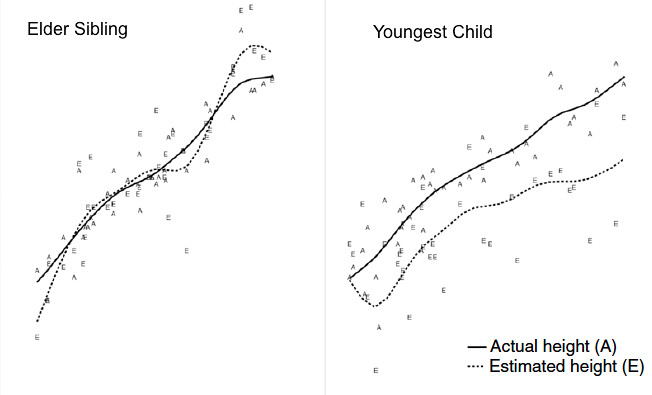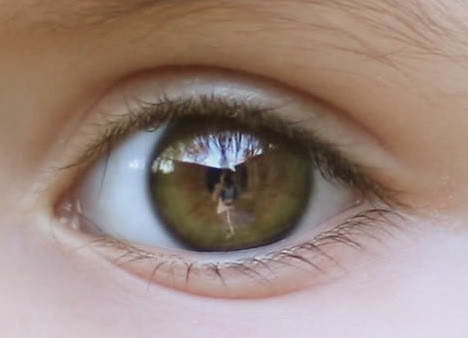Category: Anatomy
Aligning the Loops
February 19, 2023Environmental Stress Hypothesis
November 10, 2022The past 2.000.000 years have seen an increase in estimated body size among most Homo species from an average of 50 to 70 kg. Environmental challenges, such as arid conditions and low resource availability or habitat instability and resource fluctuation, faced by hominin species, are often overcome by…
Big Hand Hug
June 29, 2022Micro Insects
April 20, 2022There are clear advantages to becoming very small. Micro-organisms gain access to new niches, acquire new food sources and avoid predation. They shrink towards abundance. Yet there are limiting factors to how small an animal can become including the disruption of thermoregulation or respiration, water…
Lancelot’s Pony
January 22, 2022Butterfly Goalie
January 18, 2022MCR3
November 7, 2021Short-Tongued Bombus
April 10, 2021A study in Science shows that in a period of just 40 years two alpine bumblebee species (Bombus balteatus and Bombus sylvicola) rapidly evolved significantly shorter tongues. Short-tongued species are more generalist foragers, able to feed on many different types of flowers. They are replacing more specialised, long-tongued…
Court Dwarfs
December 6, 2020Guts for Brains
January 12, 2020Fisherian Runaway
June 5, 2018Fisherian runaway is a mechanism proposed by the mathematical and evolutionary biologist Ronald Fisher, to account for the evolution of exaggerated male ornamentation by persistent, directional female choice. When females are attracted to a certain trait within males, this trait over time gets over-emphasised because males with the trait…
